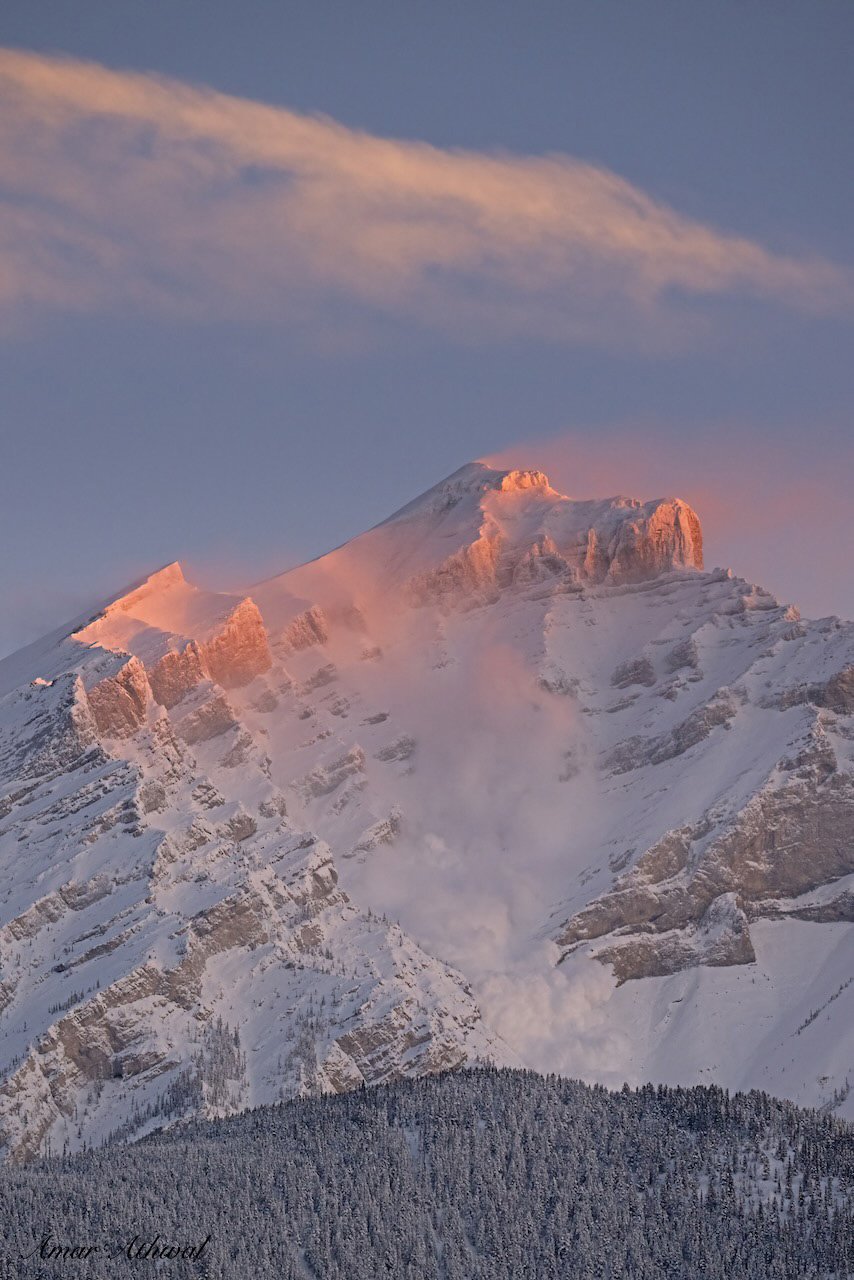Most of us only know about avalanches from what we hear on the news. Usually in a negative context. Avalanches, like wildfires, are a natural process. It occurs when a layer of snow collapses and slides downhill. Four factors cause avalanches: a steep slope, snow cover, a weak layer in the snow cover and a trigger. Triggers can be caused by wildlife, skiers and various human-caused ways to reduce danger on the slopes or in a valley containing roads and or railway tracks.
But avalanches like wildfire play a role in increasing biodiversity in the mountains. For example, studies were conducted in Austria by zoologists and entomologists. Natural avalanches tracks, particularly on the sunny south-facing slopes, are rich in butterfly species. As a result of the area being rich in plant diversity. These natural corridors, free of bushes and trees, become grassland or meadows connecting different habitats up and down the mountain.
Its increased diversity in plants and insects on these avalanche slopes helps to attract birds that take advantage of these ecosystems. Like the Fox Sparrows, MacGillivary’s Warblers, Hermit Thrushes and Calliope Hummingbirds to name a few. As well as the larger mammals, like the bears, They can more easily move around on the avalanche slopes looking for food or looking for an easy way to go from point a to b.
